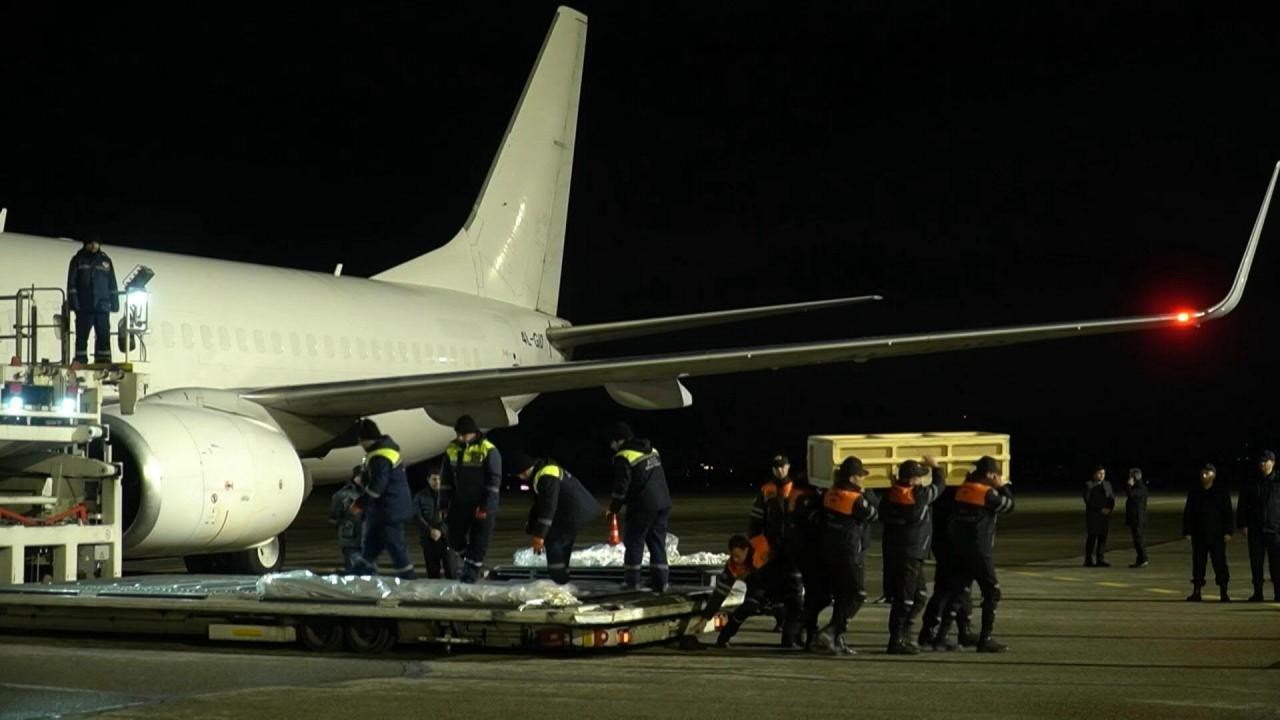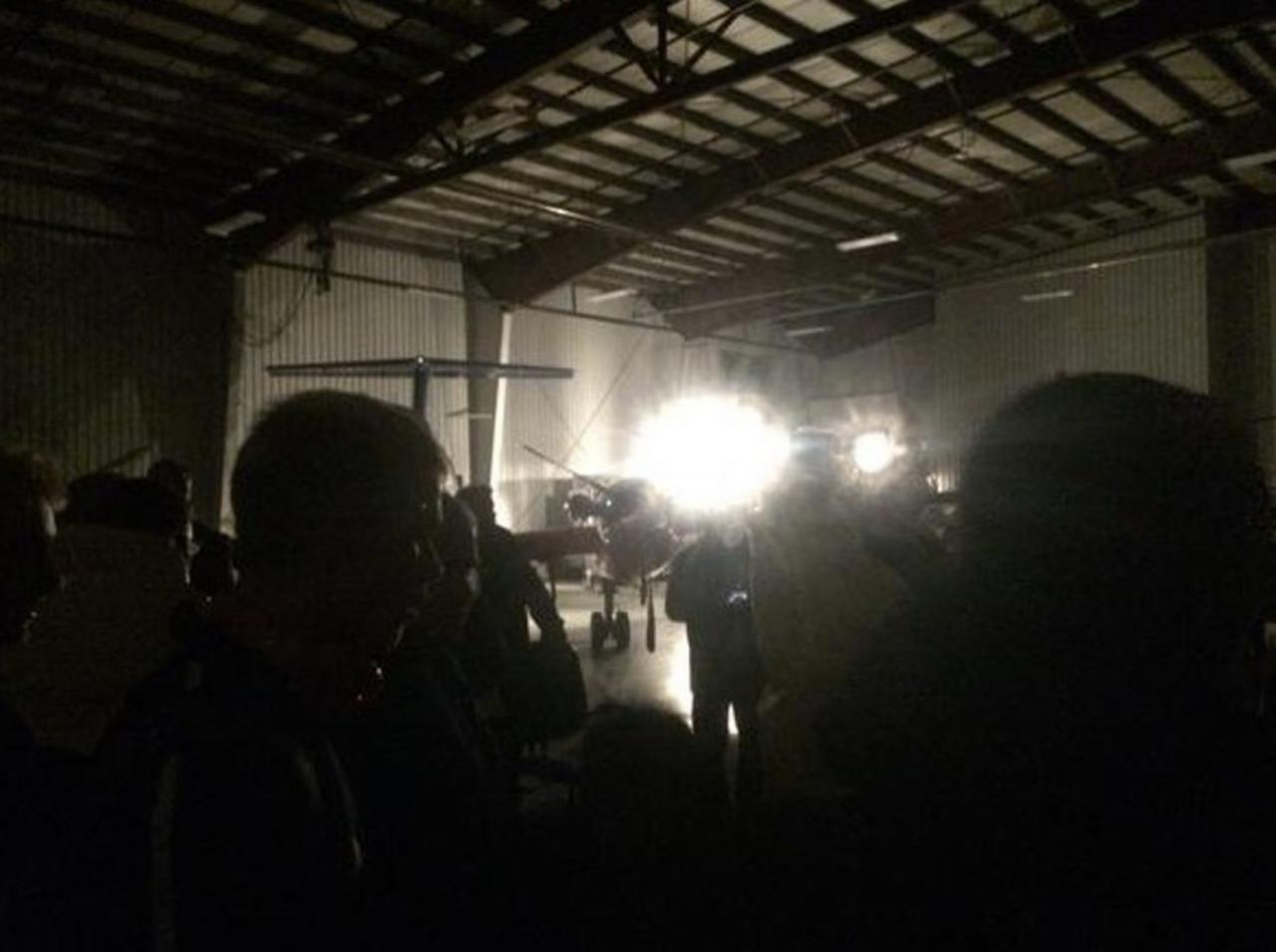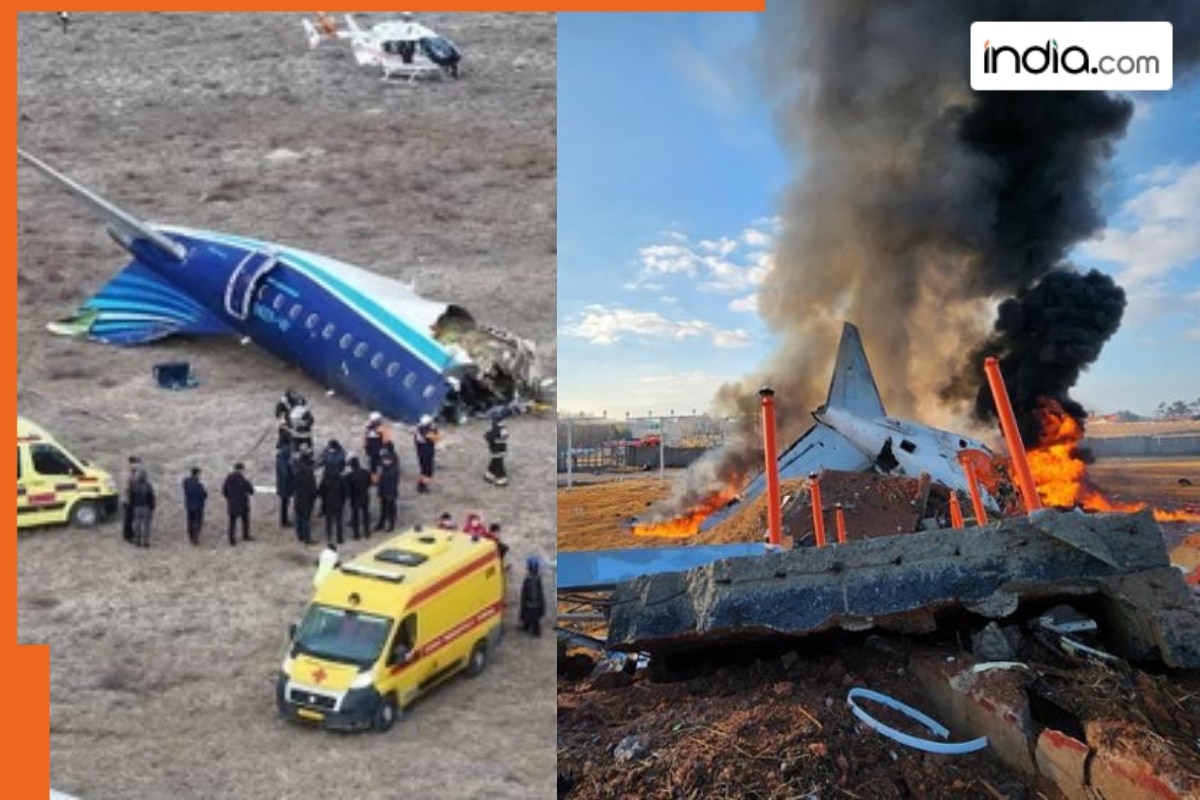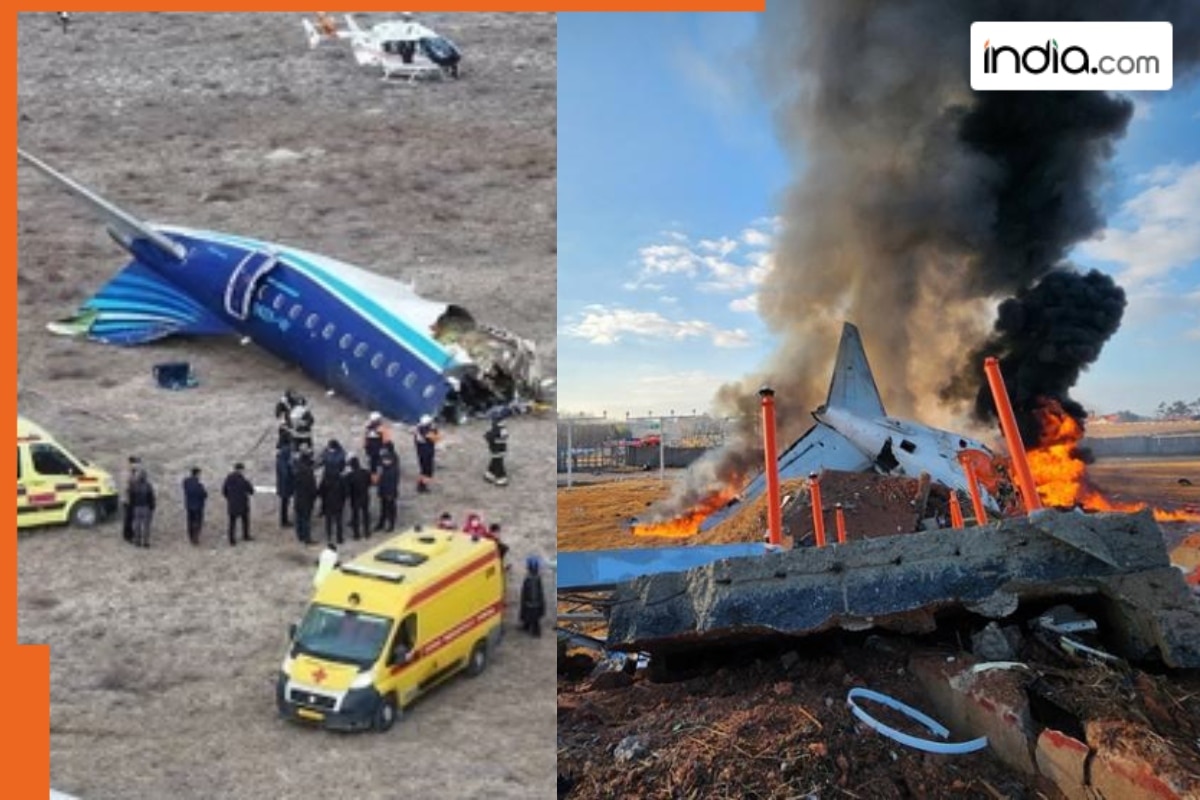Plane Crash in Halifax: This exploration delves into the history of air accidents in Halifax, examining their impact on the community, the evolution of safety measures, and the role of media representation. We’ll uncover a timeline of significant crashes, exploring the circumstances, consequences, and lasting effects on aviation safety in the region. From the types of aircraft involved to the technological advancements improving safety, we’ll paint a comprehensive picture.
We’ll also investigate the human element – the community’s response, the memorials that stand as testament to lost lives, and the ongoing efforts to prevent future tragedies. Get ready for a detailed look at a crucial aspect of Halifax’s history and the ongoing pursuit of safer skies.
Plane Crashes in Halifax: A Historical Overview: Plane Crash In Halifax
Halifax, with its significant maritime history and strategic location, has unfortunately experienced a number of plane crashes throughout its history. These events, while tragic, offer valuable insights into aviation safety evolution, community resilience, and the role of media in shaping public perception. This overview examines the historical context of these crashes, their impact on the Halifax community, and the subsequent advancements in aviation safety.
Historical Context of Plane Crashes in Halifax, Plane crash in halifax

Understanding the historical context of plane crashes in Halifax requires examining individual incidents, noting the types of aircraft, weather conditions, and contributing factors. This allows for a more comprehensive analysis of safety improvements over time.
| Date | Aircraft Type | Location | Brief Description |
|---|---|---|---|
| (Insert Date – Example: October 26, 1944) | (Insert Aircraft Type – Example: B-24 Liberator) | (Insert Location – Example: Bedford Basin) | (Insert Brief Description – Example: Crashed during a training flight due to engine failure; all crew perished.) |
| (Insert Date) | (Insert Aircraft Type) | (Insert Location) | (Insert Brief Description) |
| (Insert Date) | (Insert Aircraft Type) | (Insert Location) | (Insert Brief Description) |
Impact on Halifax Community

Plane crashes in Halifax have had profound and lasting impacts on the community, extending beyond the immediate loss of life. These events have shaped local perspectives on aviation safety, influencing public policy and fostering a heightened awareness of risk.
Okay, so you’re looking into that Halifax plane crash, right? Thinking about the scale of such a disaster, it’s easy to get perspective from a different kind of large-scale structure. For example, consider the sheer size of the southcentre mall ; imagine something that big suddenly impacted. That helps put the devastating impact of the Halifax crash into context, doesn’t it?
- Social Impact: Increased community support networks, memorial services, and long-term grief counseling needs.
- Economic Impact: Costs associated with rescue operations, investigations, and potential legal settlements.
- Psychological Impact: Trauma for survivors, witnesses, and first responders, leading to PTSD and other mental health challenges.
Aviation Safety Measures in Halifax
Halifax Stanfield International Airport, and other airports in the region, maintain rigorous safety protocols. These measures, while constantly evolving, are designed to minimize the risk of accidents and ensure the safety of passengers and crew.
A hypothetical scenario illustrating emergency response procedures might involve a simulated crash near the airport, triggering a coordinated response from emergency services, air traffic control, and airport personnel. This response would involve rapid deployment of fire and rescue teams, medical personnel, and the implementation of established communication protocols.
Air traffic control plays a crucial role, utilizing radar systems and communication technologies to manage air traffic flow, preventing collisions, and guiding aircraft during emergencies.
Media Representation of Plane Crashes in Halifax
Media coverage of plane crashes in Halifax has varied over time, reflecting societal attitudes towards aviation and the evolving nature of news reporting. Early reports may have focused on the immediate aftermath and human toll, while more recent coverage might incorporate investigative journalism and analyses of safety regulations.
Recurring themes often include the heroism of first responders, the impact on families, and calls for improved safety measures. Media portrayal has significantly influenced public opinion and safety awareness, shaping discussions around aviation regulation and risk perception.
Memorialization and Remembrance
Halifax has various ways of commemorating victims of plane crashes. These memorials serve as a powerful reminder of the human cost of such tragedies and play a vital role in community healing.
Thinking about the Halifax plane crash makes you wonder about the fragility of life, right? It’s a stark contrast to the manufactured tension of a game like 4 squid game , where the stakes are high but ultimately fictional. The real-world impact of a plane crash, however, is devastating and reminds us of the unpredictable nature of events.
A hypothetical memorial site might feature a tranquil garden with inscribed plaques listing the names of victims. A central sculpture could symbolize hope and resilience, while pathways lined with trees could represent the journey of healing and remembrance. The design would aim to create a space for reflection and quiet contemplation, offering solace to grieving families and the wider community.
Technological Advancements and their Impact on Aviation Safety in Halifax

Significant technological advancements have greatly enhanced aviation safety in Halifax since past crashes. These innovations have reduced the frequency and severity of accidents, contributing to a safer aviation environment.
| Technology | Implementation Date (approximate) | Impact on Safety | Example |
|---|---|---|---|
| (Insert Technology – Example: Improved weather radar systems) | (Insert Date – Example: 1990s) | (Insert Impact – Example: Enhanced ability to detect and avoid severe weather conditions) | (Insert Example – Example: Reduced incidents of weather-related crashes) |
| (Insert Technology) | (Insert Date) | (Insert Impact) | (Insert Example) |
| (Insert Technology) | (Insert Date) | (Insert Impact) | (Insert Example) |
Closure
Ultimately, the story of plane crashes in Halifax isn’t just about the accidents themselves, but about the resilience of the community, the advancements in aviation technology, and the persistent drive to improve safety standards. By understanding the past, we can better prepare for the future and ensure safer skies for all. The memorials serve as poignant reminders, urging us to learn from history and strive for continuous improvement in aviation safety.
The ongoing evolution of technology and safety protocols offers a hopeful perspective, promising a future with fewer tragedies.
Common Queries
What is the deadliest plane crash in Halifax’s history?
Hey, so you’re looking for info on that plane crash in Halifax, right? It’s a pretty serious event, and thankfully there are resources available to learn more. Check out this link for details on the incident: plane crash in halifax. Understanding what happened is key, and this site should give you a good starting point to understand the aftermath of the plane crash in Halifax.
This would require further research into historical records to determine the crash with the highest number of fatalities.
How do Halifax’s airport safety measures compare to those in other Canadian cities?
A direct comparison needs specific data on security protocols and emergency response plans across different Canadian airports. This would require a dedicated comparative study.
Are there any ongoing support groups for families affected by plane crashes in Halifax?
Information on support groups would need to be obtained from local resources or victim support organizations in Halifax.
What role does weather play in plane crashes near Halifax?
Weather conditions, such as fog, ice, and strong winds, can significantly impact flight safety, and their influence on specific crashes would need to be investigated on a case-by-case basis.
